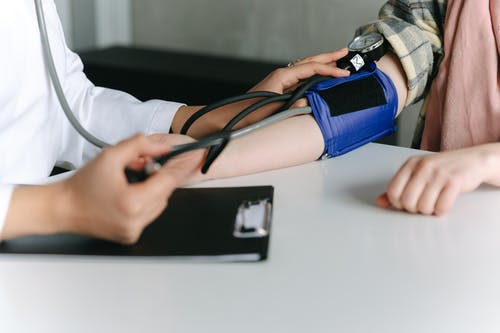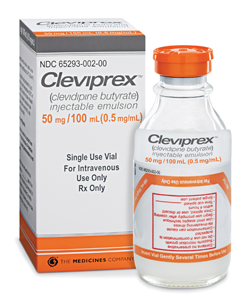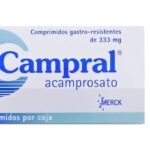Clevidipine (Cleviprex): Mechanism of action, Uses, Dosage, Side Effects

Clevidipine is an ultra-fast-acting, dihydropyridine L-type calcium channel blocker (CCB) with a direct action on arteriolar resistance vessels. Clevidipine is similar in structure to other dihydropyridine calcium channel antagonists.
Clevidipine (Cleviprex) is available as a lipid emulsion for intravenous infusion, is approved in the US for the reduction of blood pressure (BP) when oral therapy is not feasible or desirable. Intravenous clevidipine is effective in the treatment of both acute preoperative and postoperative hypertension in adult cardiac surgery patients and with a rapid onset and short duration of action the drug can be easily titrated for predictable BP control. In studies looking at perioperative and postoperative cardiac surgical patients, clevidipine was effective in decreasing mean arterial pressure.

Clevidipine mechanism of action
Clevidipine acts by selectively relaxing smooth muscle cells that line small arteries. This results in widening of the arterial lumen and reduction of blood pressure since the small arterioles are the primary resistance vessel within the vasculature. Clevidipine butyrate does not reduce cardiac filling pressure (pre-load), confirming lack of effects on the venous capacitance vessels.
Because clevidipine is metabolized by blood and tissue esterases, neither renal nor hepatic impairment has an impact on elimination, and there is no need for dose adjustment. Clevidipine’s mechanism of action is not affected by inhibitors or activators of the cytochrome P450 metabolic pathway. Moreover, there is no indication that tolerance develops to prolonged infusions, although there is some evidence of rebound hypertension after discontinuation in patients not transitioned to alternative antihypertensive therapies. Because of its high lipid solubility, it is prepared in a lipid emulsion for IV infusion. The extremely fast onset and offset of about 1 to 3 minutes allow clevidipine to be especially suited for intraoperative management of acute hypertension.
How to use Clevidipine
Clevidipine is given as an infusion into a vein. A healthcare provider will give you this injection. Your blood pressure and other vital signs will be watched closely. Your dose will be adjusted as your blood pressure normalizes.
You may be given another blood pressure medication to take after treatment with clevidipine. If your doctor does not prescribe blood pressure medication for you to keep taking, you will need to be watched for at least 8 hours after your last clevidipine injection to make sure your blood pressure does not go back up again.
Clevidipine (Cleviprex) is supplied as a sterile liquid emulsion designed for intravenous administration. The recommended initial dose of the drug is 1-2 mg/hour until the desired blood pressure reduction is achieved.
Dose titration: The dose may be doubled at short (90 seconds) intervals initially. As the blood pressure approaches the goal, the increase in doses should be less than doubling and the time between dose adjustments should be lengthened to every 5-10 minutes.
Maintenance dose: The desired therapeutic response for most patients occurs at doses of 4-6 mg/hour.
Maximum dose: Most patients were treated with maximum doses of 16 mg/hour or less. Because of lipid load restrictions, no more than 1000 mL or an average of 21 mg/hour of Cleviprex infusion is recommended per 24-hour period.
Keep using your blood pressure medicine as directed, even if you feel well. High blood pressure often has no symptoms. You may need to use blood pressure medicine for the rest of your life.
You may need to follow a special diet to reduce your intake of fats. Follow all instructions of your doctor or dietitian. Learn about the foods to eat or avoid to help control your condition.
What are the side effects of Clevidipine (Cleviprex)?
Check with your doctor or nurse immediately if any of the following side effects occur:
More common
• Agitation
• confusion
• decreased urine output
• depression
• dizziness
• fainting
• fast or irregular heartbeat
• headache
• hostility
• irritability
• lethargy
• loss of consciousness
• muscle twitching
• nausea
• rapid weight gain
• seizures (convulsions)
• stupor
• swelling of the face, ankles, or hands
• unusual tiredness or weakness
Rare
• Chest pain or discomfort
• difficult or labored breathing
• pain or discomfort in the arms, jaw, back, or neck
• shortness of breath
• stopping of the heart
• sweating
• tightness in the chest
• unconsciousness
• very low blood pressure or pulse
• vomiting
• wheezing
Other side effects not listed may also occur in some patients. If you notice any other effects, check with your healthcare professional.
Call your doctor for medical advice about side effects. You may report side effects to the FDA at 1-800-FDA-1088
What other medications may interact with Clevidipine?
Although certain medicines should not be used together at all, in other cases two different medicines may be used together even if an interaction might occur. In these cases, your doctor may want to change the dose, or other precautions may be necessary. When you are receiving this medicine, it is especially important that your healthcare professional know if you are taking any of the medicines listed below. The following interactions have been selected on the basis of their potential significance and are not necessarily all-inclusive.
Using this medicine with any of the following medicines is usually not recommended, but may be required in some cases. If both medicines are prescribed together, your doctor may change the dose or how often you use one or both of the medicines.
• Dantrolene
• Digoxin
• Epirubicin
• Lacosamide
Using this medicine with any of the following medicines may cause an increased risk of certain side effects, but using both drugs may be the best treatment for you. If both medicines are prescribed together, your doctor may change the dose or how often you use one or both of the medicines.
• Indinavir
• Rifapentine
Other Interactions
Certain medicines should not be used at or around the time of eating food or eating certain types of food since interactions may occur. Using alcohol or tobacco with certain medicines may also cause interactions to occur. Discuss with your healthcare professional the use of your medicine with food, alcohol, or tobacco.
Other Medical Problems
The presence of other medical problems may affect the use of this medicine. Make sure you tell your doctor if you have any other medical problems, especially:
• Allergy to soybeans, soy products, eggs, or egg products or
• Aortic stenosis (narrowing of a valve in your heart), severe or
• Lipid metabolism problems (high blood fats) (e.g., hyperlipemia, lipoid nephrosis, pancreatitis with high blood lipids)—Should not be used in patients with these conditions.
• Heart failure or
• Hypotension (low blood pressure)—Use with caution. May make these conditions worse.





